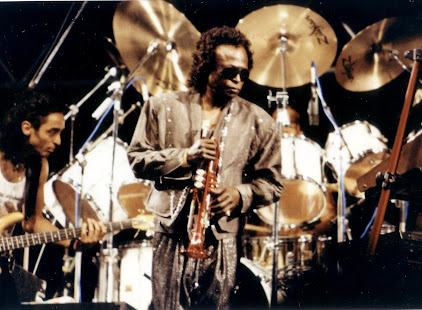There's Always Scope For A Trickster
The ongoing trial of disgraced healthcare entrepreneur Elizabeth Holmes, which is into its second week of jury deliberations in a federal court in San Diego, has been seen as a major exposé of the tech industry in Silicon Valley. Investments and acquisitions “can also replicate one big confidence game in which entrepreneurs, venture capitalists, and the tech media pretend to vet one another while, in reality, functioning as cogs in a machine that is designed to not question anything,” to quote the journalist Nick Bilton, whose investigation of Holmes’ company Theranos was one of several that revealed how its impossible promise of using a drop of blood from a fingertip to test for a number of illnesses was leading to misleading diagnoses.
Holmes’ is just one of many cases of alleged fraud in justice systems worldwide - the U.S. Department of Justice alone recorded 820 individuals charged between 2018 and 2020. However, it is particularly interesting from a cultural and even a psychoanalytical perspective. It stands as an obvious contradiction to the mythical idea of Silicon Valley as a place of meritocracy and innovation, where companies and their charismatic owners seek to make the world a better place.
Culturally, however, the impact of the case is much broader than the tech industry - it is one of many examples of perceived underdogs fooling the elites of society, while in the process revealing the inherent contradictions in the structures that hold up that society and preserve the position of these elites. Holmes, for example, reportedly defrauded even former U.S. secretary of state Henry Kissinger, former secretary of defense James Mattis, media billionaire Rupert Murdoch, and the Walton family, owners of Wal-Mart. Ben Burgis wrote in Jacobin that, "In the domain of talking rich people out of their money, she may actually be one of the world’s greatest geniuses."
Referring to these investors, Burgis went on to say that as they expressed their "anguish over their squandered millions, I can’t help but feeling just a little bit sorry that she was exposed before they could squander even more." This is the crux of the cultural impact of the Holmes case, which is also set to become the theme of two movies, starring Amanda Seyfried and Jennifer Lawrence respectively.
In many cases, con artists who manage to fool those who hold power, have often become part of folk mythology and cultural lore, especially as opposed to those who defrauded the poor and vulnerable. The con artist is an important cultural archetype, ranging from fictional representations of characters like Pavel Ivanovich Chichikov in Gogol's Dead Souls and Johnny Hooker in The Sting, to the fascination that still surrounds real-life cons like Bernie Madoff and Natwarlal, many of whom have been the subject of further media portrayals that explore two questions - how these criminals managed to defraud so many people, and why they exert such a hold on our imaginations.
The author Gary Lindberg describes the motif of the con artist as stemming from an essential fragmentation in many modern societies, what he calls "the discrepancies between our ideals and our conduct." He goes on to say, "When we denounce someone publicly and then privately laugh up our sleeves at his exploits, we celebrate the cult of the con man. It is not our official pieties that he represents but our unofficial reward systems, the strategies that we have for over two centuries allowed to succeed." On a sociocultural level, it speaks to the importance of trickster narratives, which exist in almost all known bodies of folklore. The psychoanalyst Carl Gustav Jung identified the trickster as one of the fundamental archetypes of the primeval psyche, one that is reflected in myths about figures like Anansi, Loki and Coyote, as well as in our continued resonance with the idea of the con artist as a trickster who defies social norms.
The trickster is seen as a boundary-crosser, one who, according to Jung, straddles the boundary between consciousness and unconsciousness, but also transgresses the boundaries that society enforces. Their defiance of strict social norms, thereby exposing their inherent contradictions, acts as a way of bringing in small but meaningful changes that allow culture to adapt to moments of crisis. The tricksters are, to quote the author Paul Mattick, writing in The New York Times, "antisocial characters who keep society moving, framers of lies who establish new truths." These new truths often are not visionary, nor are con artists idealists who carry out their tricks with the intention of establishing these new truths. The 'confidence game' that Theranos was part of, wasn't created to shake up the social order; if anything, it was preserving its inequalities and lies.
The exposure of these discrepancies and contradictions by the con artist as trickster is a crucial reason why this archetypal character continues to remain part of our cultural space. Rather than unquestioning obedience to the morals of society, the con artist breaks these and is at least temporarily rewarded for it, thereby exposing the inefficacy of these systems. By exposing, as Lindberg says, the fact that our ideals have diverged so far from the unofficial reward system that runs parallel to them, they act as an expression of our hidden desires to get the better of those who hold economic and moral power in society, despite themselves not conforming to these ideals. The con artist in media and as a focal point of attention in real life is often a reflection of these trickster archetypes and general social inefficacies, which explains its enduring popularity as part of culture and media.


Comments
Post a Comment